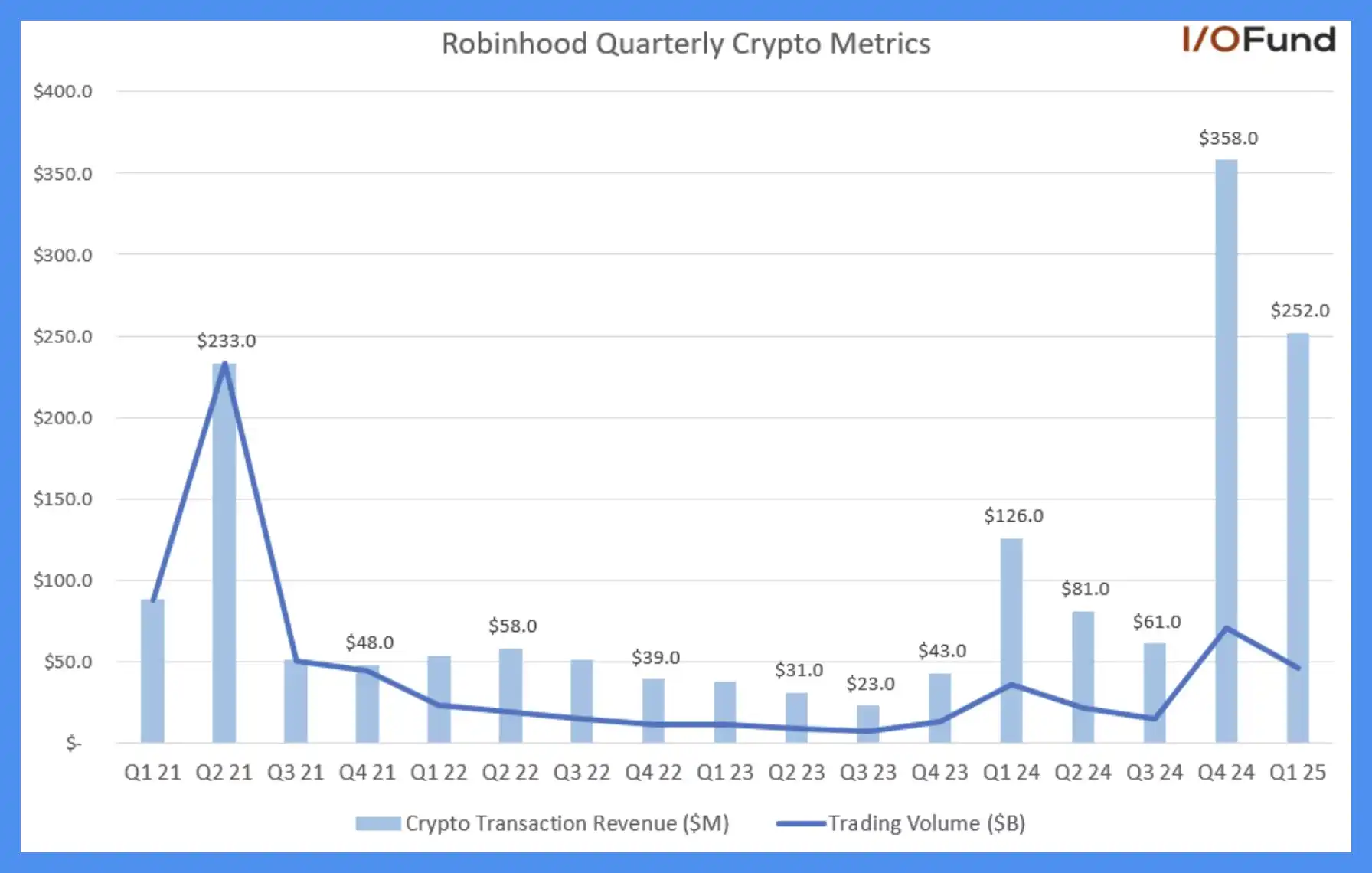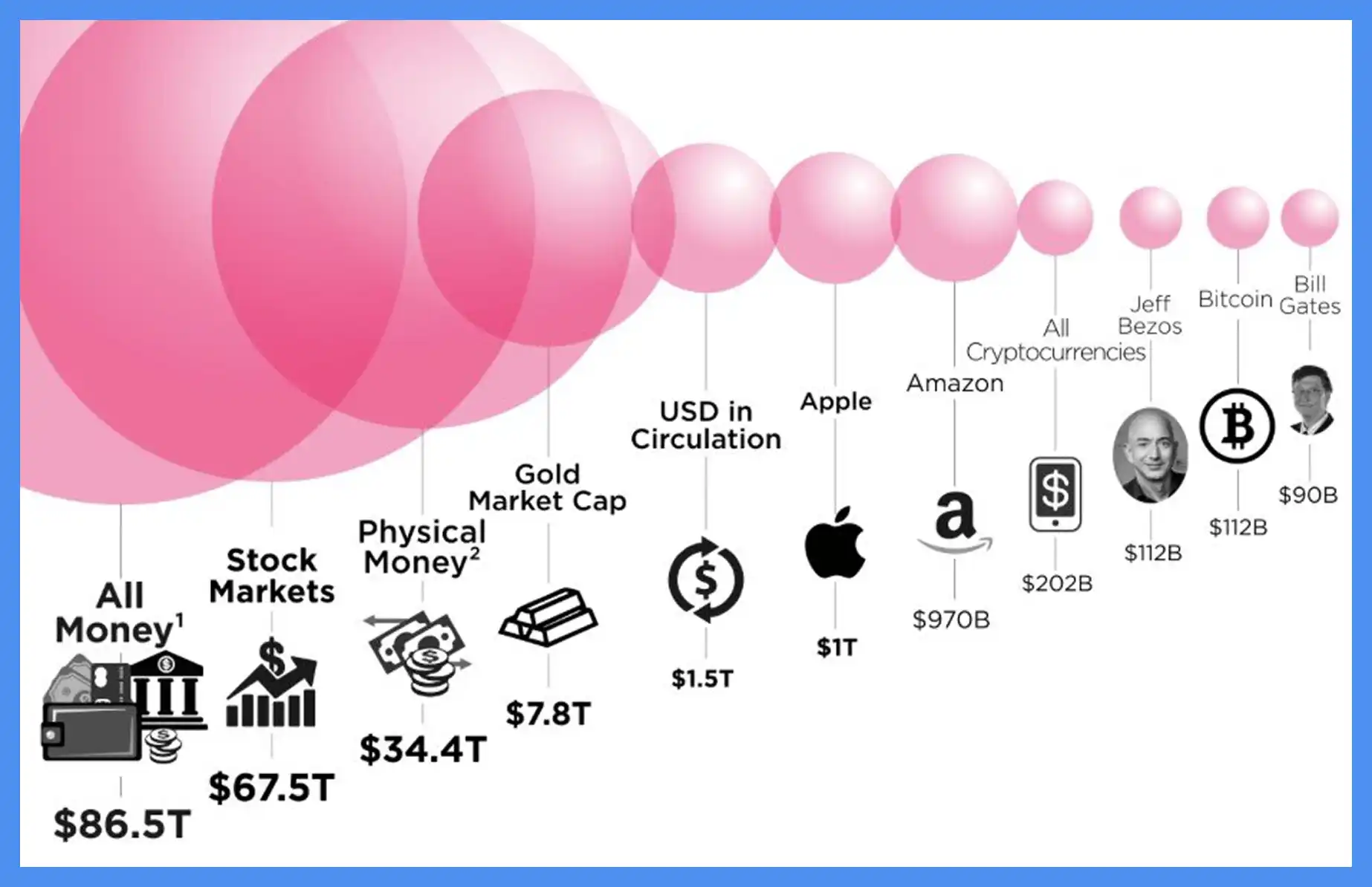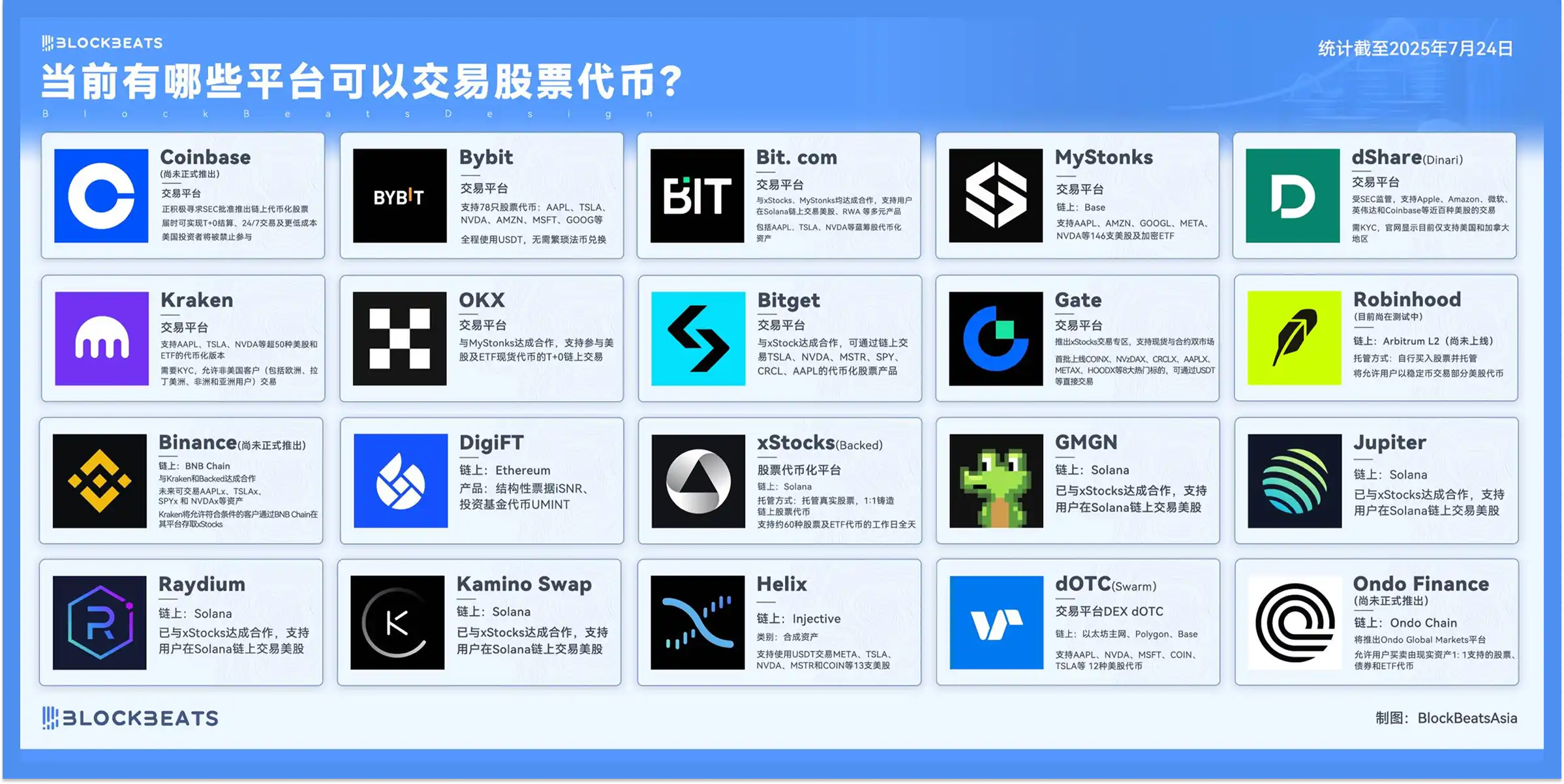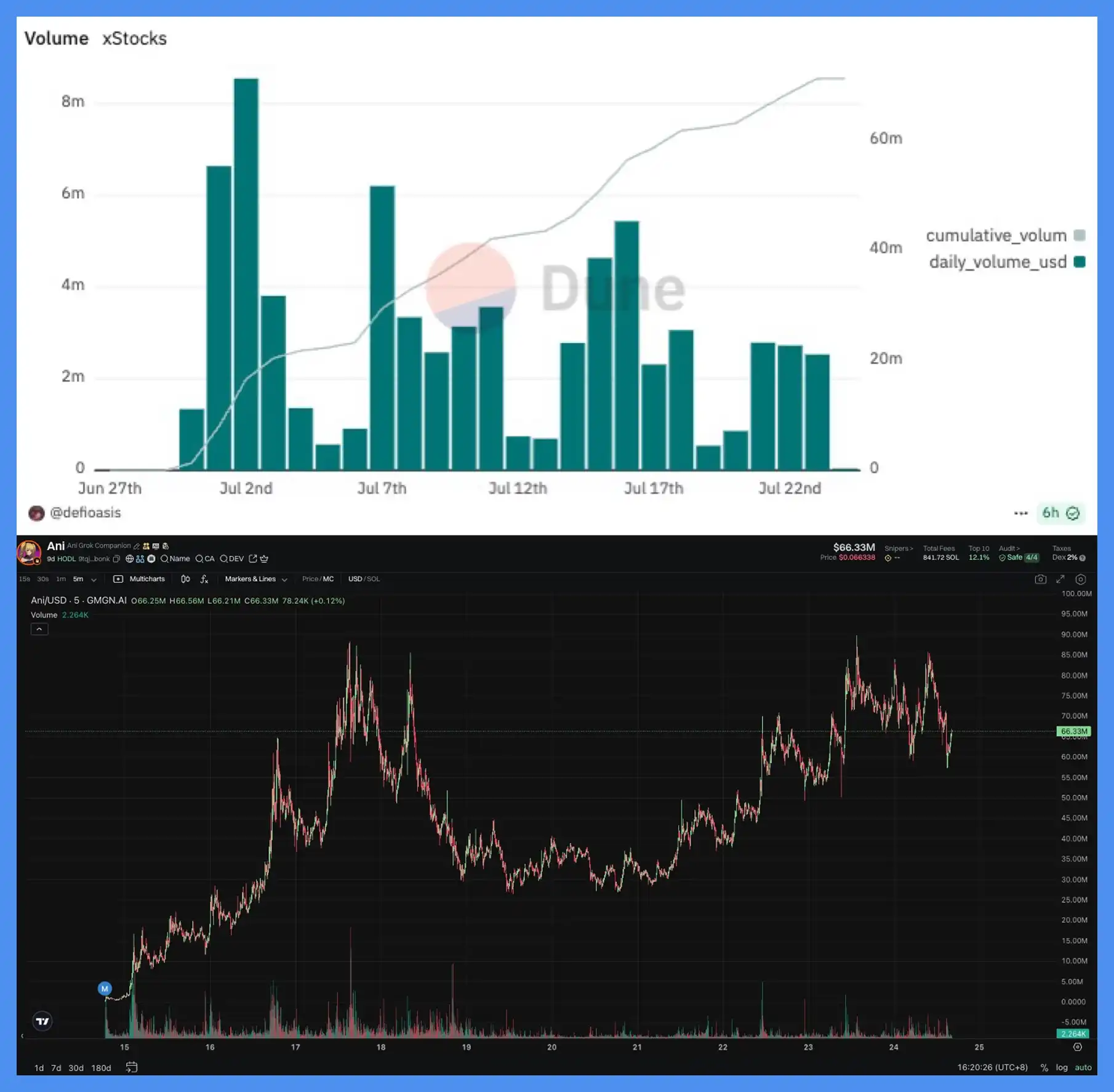"I have been having phone meetings until 2 a.m. every day recently."
This was said by an old financier who has been working in the traditional brokerage industry for more than ten years. When he said this, he put his phone face down on the coffee table. The corners of his eyes were slightly red, but his tone was still very understated.
His office in Beijing is located in a courtyard house in Xicheng District. The two doors have been slightly peeled off, and the afternoon light shines into the courtyard, with some dust floating in the beam of light. He sits at an old wooden table, dealing with regulatory, business cooperation, and project scheduling issues.
Starting from the financial industry for more than ten years, he has experienced the last financial crisis, and has also worked in the global market, doing funds, running products, and leading teams, almost all over the continents. Until these years, he began to turn to a direction that the entire traditional financial industry initially felt "unreliable" - virtual assets.
Traditional finance's attention to Web3 did not start in 2025. If you trace the starting point, many people will mention Robinhood.
This platform, which became popular with "zero-commission stock trading", launched Bitcoin and Ethereum trading functions as early as 2018. It was initially just used as a supplement to the product line. Users can buy coins like buying Tesla stocks, without wallets and without understanding blockchain. This function was not heavily promoted in those years, but it became an explosive point a few years later.
In the fourth quarter of last year, cryptocurrencies contributed more than 35% of Robinhood's total net revenue, with trading volume soaring 455%, driving trading revenue up 733% year-on-year to $358 million, making cryptocurrencies Robinhood's largest source of revenue this quarter. In the first quarter of 2025, cryptocurrencies contributed more than 27% of total revenue, with trading revenue doubling year-on-year to $252 million.

Robinhood quarterly crypto asset trends, Source: IO.FUND
What is driving this change is not technology, but the clicks of hundreds of thousands of users. Robinhood did not talk about the Web3 narrative, but simply followed the trading habits of users, and found that cryptocurrency trading is no longer a marginal business, but has become the core engine of the company's growth.
Since then, Robinhood has gradually transformed from a centralized brokerage firm into a digital asset trading platform.
With Robinhood setting an example, traditional finance finally decided to collectively enter the market in 2025, instead of just watching the crypto industry. They are not here to experience Web3, nor are they here to invest in projects. "Traditional finance will take over the crypto industry within 10 years."
We are already in the midst of this reshuffle of crypto native by traditional brokerage firms.
In March 2025, Charles Schwab, one of the world's largest retail brokerage firms with more than $10 trillion in assets under management, announced that it would open spot Bitcoin trading services within a year.
In May 2025, Morgan Stanley, one of the most influential investment banks on Wall Street, announced plans to formally connect BTC and ETH to its trading platform E*Trade, providing retail users with direct trading channels.
In May 2025, JPMorgan Chase, the largest bank in the United States by asset size and a long-term critic of crypto, announced that it would allow customers to buy Bitcoin.
In July 2025, Standard Chartered, an old British bank that has been deeply involved in the Asian, Middle Eastern and African markets, announced that it would open spot trading services for Bitcoin and Ethereum to institutional clients.
They are behemoths that dominate the operation of the global financial system. These traditional financial institutions control the global flow of funds, clearing networks, and fiat payment systems. They hold assets worth hundreds of trillions of dollars. In contrast, the current total market value of the crypto market is only 4 trillion.

Mainstream asset market capitalization rankings, Source: Steemit Community
They are gradually completing the layout in the crypto field based on the traditional financial compliance framework. When an institution has both compliance trust and user traffic and clearing and settlement capabilities, it has all the elements to build a crypto trading network.
In the traditional financial system, whoever controls the account opening authority can control the flow of funds, customer relationships, and even the final pricing power. For a long time, crypto trading platforms have relied on listing coins to define narratives and on deposit to control liquidity, but now, the role of "asset entry" that CEXs have taken away for nearly ten years is now being taken back by traditional finance bit by bit.
"It's time for those crypto trading platforms to be anxious."
His tone is still restrained, without a trace of schadenfreude. The root of anxiety may not only be because of the entry of a certain institution or the introduction of a certain policy, but a kind of industry consciousness that crypto trading platforms may no longer be the only one who can deal cards on this financial table.
How to stay on the poker table
An insider of a crypto trading platform told us that he often replies to messages at five o'clock in the morning recently. Talking about cooperation during the day, keeping track of progress at night, and swiping user community feedback late at night, he hardly gets any sleep.
"We can only survive in anxiety."
The anxiety he talked about is the competition between platforms, the state of survival of having to grab users, grab products, and grab traffic every time you wake up.
The root of the stock game is because there is little room for growth in the industry, and also because the squeeze from the outside is too great.
Traditional finance is gradually eroding the core capabilities on which crypto trading platforms rely for survival - from fiat deposit to asset custody, from user account opening to spot matching. They are coming in aggressively with regulatory permits and millions of users, and it seems that they do not intend to coexist with crypto native platforms.
Almost all crypto trading platforms immediately launched coin-stock products. Use USDT to buy Apple, leverage Nvidia, and trade Tesla through on-chain contracts. This type of traditional asset on-chain solution has been launched on multiple platforms one after another, becoming a tacit industry action.

Bybit was the first to try it. They completed the research and development and launch of the US stock token product in just two months, from internal project establishment to contacting the XStocks team and finally launching it, the rhythm was extremely fast.
In Bybit's view, the core advantages of centralized trading platforms still exist. The real users, strong liquidity, and trading depth accumulated over the years are still resources that external brokerage firms cannot replicate overnight.
The launch of US stock tokens is because they saw a clear demand gap, such as the trading demand during market closing hours, or the geographical and compliance restrictions that prevent users from entering the traditional stock market. The 7×24 attribute of Crypto has opened up new liquidity space for traditional assets.
Of course, this does not mean that it is a sure-win battle. Emily, head of Bybit spot, frankly admits that US stock tokens are still in the early stages, and the number of participants and popularity are far less than the launch of new coins with high traffic.
But she is still optimistic about this direction, because it represents that Crypto is expanding its gameplay into the world of TradFi. DeFi, synthetic assets, and on-chain staking, these new derivative scenarios of traditional assets on the chain, may be the real value of this path.
However, these functions are like actively exploring new markets, but in the eyes of many people, they are more like a passive defense.
When trading platforms no longer have the dominant power of "asset entry", they begin to try to make themselves look like they are still connected to the world. Therefore, coin-stock has become the most common defensive action at this stage.
Coin-stock is not a new concept.
Going back to 2020, FTX proposed the coin-stock model at that time. At that time, they launched TSLA/BTC, AAPL/USDT and other trading pairs, which were regarded as an attempt to challenge the pricing logic of traditional finance.
That was the era when the crypto community still had offensive power. What FTX wanted to do was to rewrite the trading methods of traditional finance with crypto finance, and to price Nasdaq with crypto finance.
Perhaps he had already seen at that time that the biggest opponent of cryptocurrency trading platforms in the future would be brokerage firms, so he took the first step. Looking at it again now, this model has been picked up by the industry again, but it has changed its flavor. After FTX fell, coin-stock became a hemostatic bandage, no longer a battering ram.
The data also confirms this.
After the launch of the coin-stock model, it did attract a wave of community attention in the early stage, but the activity quickly fell back, and the attempts of various platforms failed to stir up much splash.
On the other hand, in contrast, the memecoin market on Solana during the same period has taken a completely different turn. If Musk sends a tweet, the market value of the related meme coins can quickly reach hundreds of millions, and the daily trading volume is tens of millions of dollars, which is much higher than the weekly trading volume of many coin-stock trading pairs.

Top: XStocks trading volume, Source: Dune; Bottom: Meme coin Ani trading volume, Source: gmgn
New features, no new users.
At this stage, what functions CEXs launch is no longer important. What is important is why they launch these functions, and whether these functions can recall the role they are losing.
This round of coin-stock craze is not because the industry has progressed, but because no one dares not to do something.
Kant said: "Freedom is not doing what you want, but not doing what you don't want to do."
Compliance is just an illusion
In the past period of time, almost all crypto trading platforms have been talking about compliance. Every company is working hard to apply for licenses, adjust its business structure, and introduce executives with traditional financial backgrounds, trying to prove that it has emerged from the era of barbarism and become more like a financial institution that can be accepted by regulators.
This is an industry consensus and a collective anxiety.
But in the eyes of traditional financiers, this understanding of compliance is still too thin.
"Many trading platforms obtain licenses in small countries to prove compliance. Small country licenses are not licenses at all, and such licenses cannot be put on the table." He said, his tone was not sharp, but more like stating an industry common sense.
What he means by "on the table" is not whether you have a business license, but whether you can access the real financial system - whether you have a way to open accounts with mainstream banks, whether you can use the clearing and settlement network, whether you can be trusted by regulatory agencies, and truly cooperate with them in business.
Behind this lies a reality that in the eyes of traditional finance, the crypto world has never been truly treated equally.
The traditional financial system is built on a chain of responsibility and a closed loop of trust, emphasizing transparent customer structure, risk control, audit capabilities, and explainability of capital paths. Crypto platforms, on the other hand, mostly grow in the cracks of the system, relying on the gray area to maintain high profits and high growth in the early stage, but rarely have the ability to build these compliance foundations.
In fact, people in the circle understand these problems. But no one cared before, because no one came to compete for this territory. Now that traditional financial institutions are entering the market, they are doing things according to their own rules, and the crypto industry's "industry practices" have suddenly become shortcomings.
Some platforms are indeed making adjustments, introducing compliance audits, establishing overseas trust structures, and splitting businesses to make themselves look more formal.
But the regulatory agencies of many countries simply do not buy it. They will cooperate with you on the surface to talk about the process, but in their bones, they never intend to treat you as part of the formal financial system. No matter how much you look like it, it just "looks like it", it does not mean that they will really keep you.
However, not all trading platforms are just pretending. Bybit is one of the few platforms that has truly broken through the regulatory shell. This year, they became one of the first centralized trading platforms to obtain a European MiCA license and established a European headquarters in Vienna, Austria.
Bybit does not deny that this process is difficult, nor does it shy away from the regulatory skepticism towards the industry. But as Emily said, the regulator is no longer the regulator that did not understand crypto five years ago. Now, regulatory agencies are beginning to truly understand the business logic and technical structure of this industry. From technology, models to market promotion, their understanding is deepening, and the foundation for cooperation is also becoming more solid.
In addition, Xie Jiayin, head of Bitget Chinese, told us that Bitget has obtained virtual asset licenses in many countries and has built local compliance structures according to the regulatory requirements of each region. He revealed that the team is also actively promoting the application for the MiCA license, hoping to establish a more stable business channel in the European market and lay the foundation for cross-border operations under a unified regulatory framework in the future.
But even so, such cases are still in the minority. For most platforms, they neither have licenses, networks, and trust endorsements within the traditional financial system, nor are they losing the high-growth dividends brought by the original regulatory vacuum. If you want to transform through compliance, you find that the threshold is too high; if you want to go back to doing crypto native, you find that another group of opponents are eyeing you.
So everyone can only continue to lean towards regulators, continue to talk about compliance, apply for licenses, and run processes. Many times, behind these actions is not a strategic choice, but a sense of anxiety that is being pushed forward.
The halftime of the game
In the community at five o'clock in the morning, Xie Jiayin is still replying to users' questions one by one. Some people ask how to play coin-stock, some people ask about the platform's recent compliance progress, and some people ask what exactly is the PUMP subscription and how it is planned to be handled. He said that he and his colleagues often stay up late, and an all-nighter is nothing.
On a hot Beijing afternoon, an executive of a Hong Kong brokerage firm is drinking tea and discussing cooperation with several senior executives from listed companies in a courtyard house. The reception room is separated by a carved wooden door, outside is a courtyard paved with bluestone bricks, and there are insects chirping in the shade of the trees.
Looking further afield, in Vienna, Austria, Bybit's new European headquarters has just completed the ribbon-cutting ceremony and officially started operations. That is the European outpost they set up after they obtained the MiCA license. They have become the first batch of centralized trading platforms to complete the crossing of the river, and they also know that the vast majority of their peers are still feeling their way across the river.
They are in different places, in different emotions, in different rhythms, but what they say has a subtle echo: they are all mentioning "changes are too fast", they are all talking about "slow down", and they are all thinking about how the industry should continue to move forward.
The premise for going down this path is no longer the same as it was a few years ago.
Crypto trading platforms may no longer be the most central role in this world, no longer the starting point of all traffic and narratives. They are standing on the edge of a new order, slowly squeezed out of the core by an invisible layer of rules.
More complex systems and larger capital are gradually replacing native narratives and structures.
Crypto trading platforms are still there, new product features are being launched as usual, and announcements are being issued one after another. Their ways of expression are changing, their rhythm of voice is changing, and the context they want to integrate into is also changing. Everything is changing.
Some changes are actively chosen, some are passively accepted, but more often, they are just trying to maintain a sense of existence without being eliminated by the times.
However, not everyone is pessimistic. Xie Jiayin and Emily both believe that Crypto's impact on traditional finance is greater than the latter's squeeze on CEXs. They are both optimistic about the trend of traditional financial institutions entering the market, because every evolution of the industry needs new players and new participants. Centralized trading platforms have developed to this day, and are also constantly expanding more institutional clients and starting to do wealth management, asset allocation, and so on. The businesses of both sides are intersecting and merging, "the two financial worlds echo each other, which is a romantic moment."
But at the same time, everyone is clear that this advantage itself cannot exempt them from anxiety.
Many questions will not have clear answers. For example, whether regulators will really let go of these crypto trading platforms, and whether traditional finance is really willing to co-build instead of replace.
Also, for example, before the arrival of the next round of industry main melody, do they still have a chance to define themselves once?
No one dares to say too much about these issues. Everyone is dealing with the part of the work they have to complete, holding meetings, modifying products, running licenses, waiting for feedback, maintaining the status quo while waiting for opportunities to regain the initiative.
While waiting for the wave of industry reshuffle.



